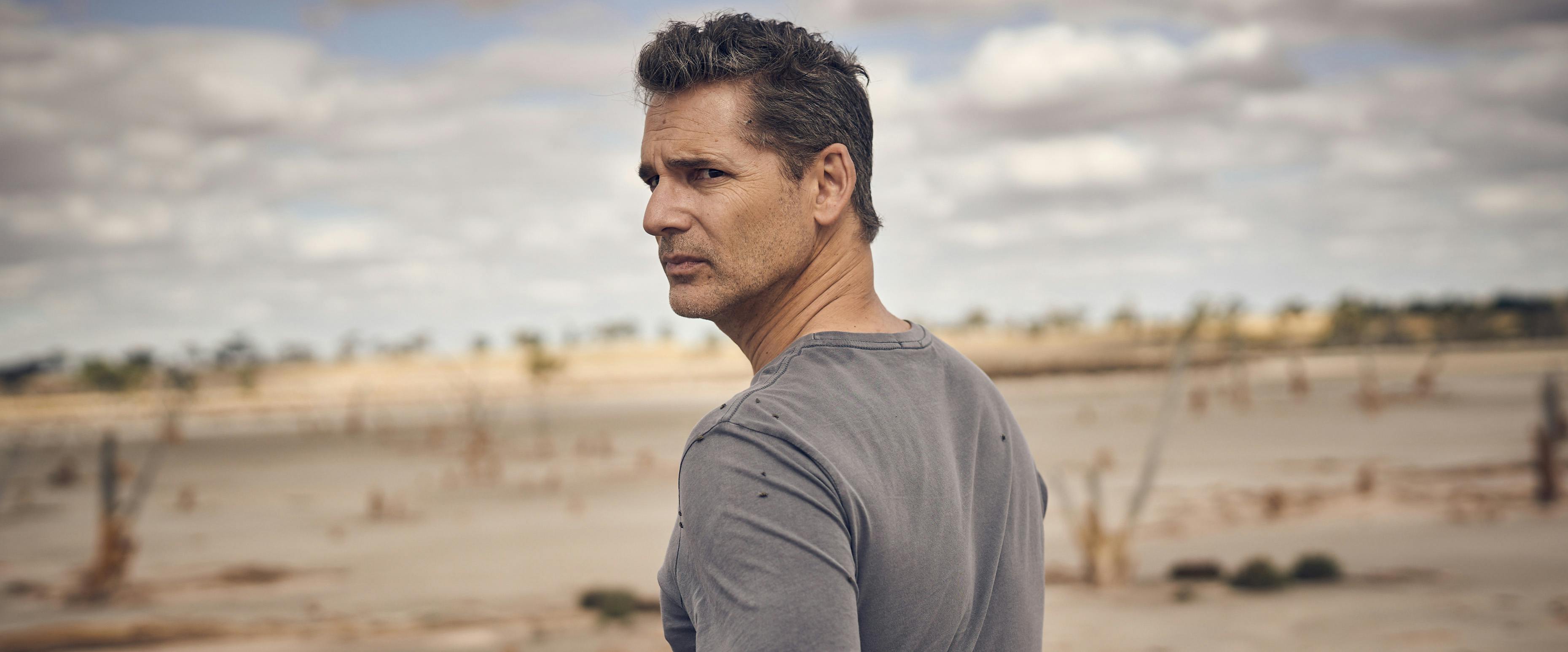In one of Australia’s most beloved movies, The Castle, the Kerrigan family huddle around the dinner table at their holiday shack in regional Victoria. Con and Tracey have just returned from their honeymoon in Thailand and are explaining to the family why they would want to go there, instead of Bonnie Doon.
“It’s the culture Darryl. The place is full of culture,” Con says.
“Chockas,”, Trace chimes in.
On Monday the Albanese Government launched, Revive: Australia’s Cultural Policy for the next five years. It is a welcome commitment, both in terms of government funding and policy leadership, to a sector which is at the heart of Australia’s economy and identity.
As the policy itself points out, “the participation of all generations in cultural activity supports the social and economic health of local communities.” Cultural participation, which leads to social inclusion, contributes at least $12.7 billion annually in economic value to Australia due to higher productivity and better employment and health outcomes, according to Deloitte Access Economics.
Cinemas play a critical role in the cultural, social, and economic fabric of Australian life. Despite significant challenges in recent years, cinema remains the number one out of home entertainment pastime for Australians of all ages. The Australian Bureau of Statistics (ABS) has recognised that cinema is Australia’s number one cultural activity, with 66.8 per cent of Australians attending a cinema or drive-in each year, almost double those attending a live music concert (38.2 per cent), or visiting a library or museum (30.9 per cent).
Australia has more than 2,000 cinema screens across more than 500 locations, both regionally and in capital cities. Prior to the pandemic, Australia’s cinema screening industry generated $2 billion of annual turnover, representing 85 million in annual admissions, employing 12,000 staff, and paid $456 million in wages annually. The industry contributes significantly to the economy, including investing many hundreds of millions of dollars in cinema construction and refurbishments, as well as substantial federal and state taxes.
Cinemas are also an essential community hub, especially for senior Australians and multicultural communities, and offer many younger Australians their first chance at a job. Sadly, in the past two years, because of COVID, approximately 15 cinemas have closed in Australia, with many more under sustained financial pressure. HOYTS was proud to invest in reviving three cinemas in Western Australia this year that closed when Grand Cinemas went into administration, saving 170 jobs and the entitlements of these employees.
The challenge for cinemas has become a content challenge. Large international studios are investing in their own streaming platforms and funding more series content, at the expense of first run films. This is a structural change that threatens the long-term viability of the Australian cinema screening industry. A lack of mid-level movies at the Australian box office, in the $5-10 million box range, is the major problem.
According to Screen Australia, the Federal Government agency with responsibility for supporting Australian screen development, production and promotion, the past two years have seen a marked increased value in film, television, and streaming production.
In 2021-22 $2.29 billion was spent compared to the previous record-setting year (2020-21) of $1.94 billion. Of this, $1.51 billion was spent on Australian titles and $777 million on foreign productions made in Australia.
However, a lot of that growth was with international streaming companies; Netflix, Amazon Prime, Disney+, Stan and Paramount+ who spent approximately $670 million on Australian and Australian-related programming in 2021-22, or about 30 per cent of total Australian expenditure.
Expenditure on Australia’s theatrical features hides the fact that the growth in spending is concentrated on fewer local productions. The number of Australian feature films produced was nearly half the previous year, 24 compared to 46, although the budgeted total was up more than 50 per cent to $786 million versus $495 million.
The growth in expenditure on Australian productions is being focused on fewer, bigger-budget films and content for international streaming companies. Therefore, the follow-on benefits for Australian screeners, and the local economy, is not as pronounced as the growth in expenditure would assume.
To maximise the return on taxpayers’ investment in film production, Australian local content must be shown on Australian cinema screens. By investing in the next The Castle, Strictly Ballroom, or The Dry, and ensuring these new Australian classics have an exclusive cinema screening window, we can promote Australian culture and support the local jobs and communities which Australian cinema screeners reflect. We can truly achieve, “a place for every story and a story for every place”.
There are many good points in Revive for Australia’s cinema screening industry. For example, the policy states that the Government will, “continue support for investment in large-scale screen productions in Australia through film tax offsets and location-based production incentives”. However, the policy is silent on requiring that these films be shown in local cinemas to encourage job creation and maximise local economic and societal benefits.
It acknowledges that, “all Australians, regardless of language, literacy, geography, age or education, should have the opportunity to access and participate in arts and culture”; that is what Australia’s cinema screening industry already does.
The policy also recognises that cultural infrastructure, including theatres, should be “restored, built and maintained” and that Australian stories should be “seen and heard”. While major chains such as HOYTS, Event and Village will likely survive in metropolitan areas, the biggest threat to this cultural fabric are small independent cinemas based in regional areas. Australian movies play more successfully in these areas, but after three years of loss-making trading, many more of these cinemas will close without Government policy support.
An Australian cultural policy that doesn’t adequately recognise the potential of one of Australia’s most powerful cultural assets – cinema – is only halfway there.
Until this is achieved, we should, “Tell them they’re dreaming”.
Damian Keogh AM
CEO HOYTS Group
